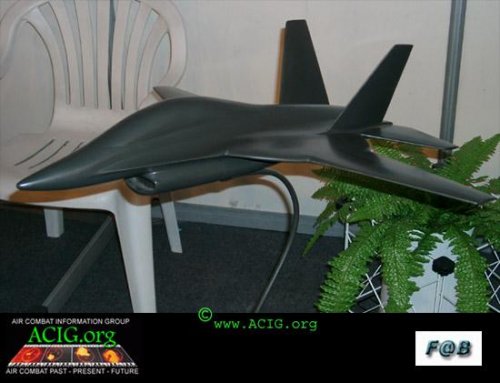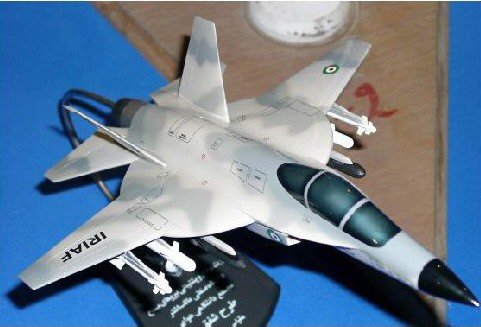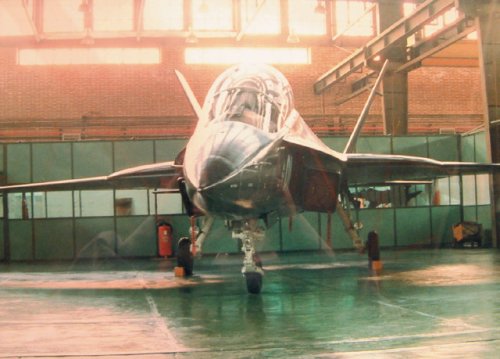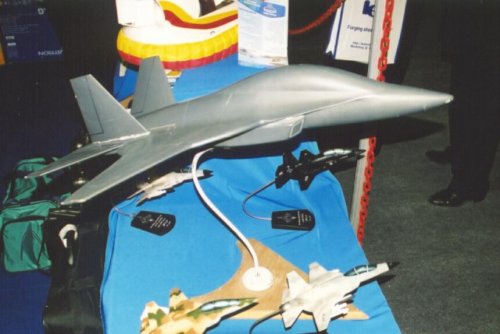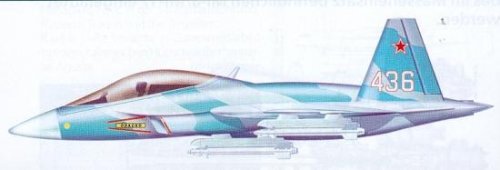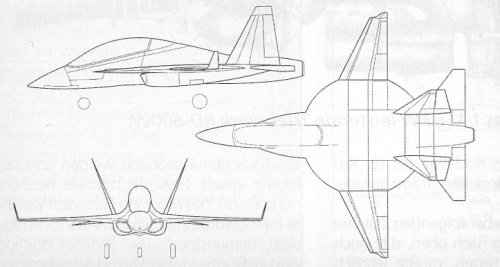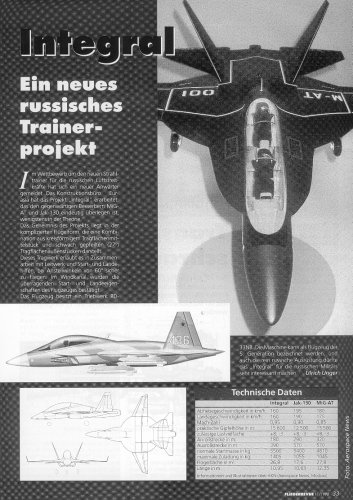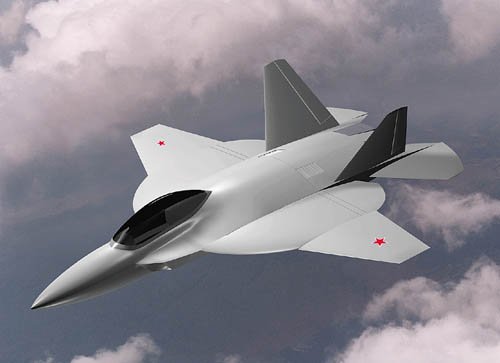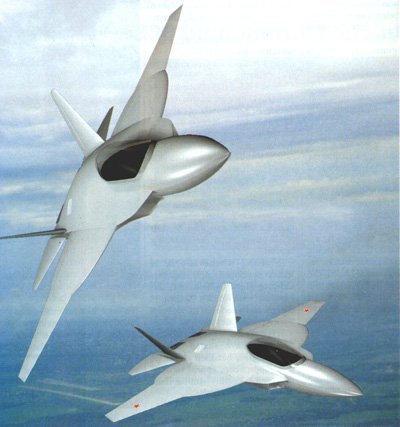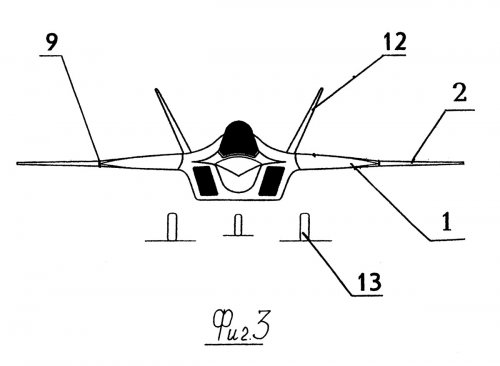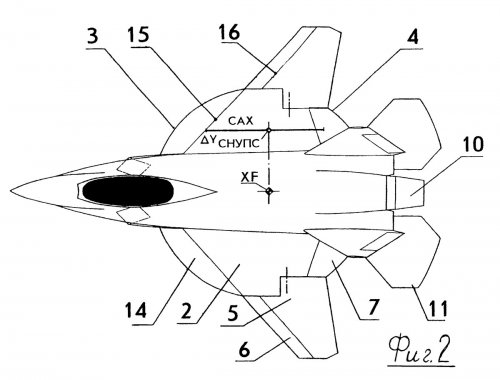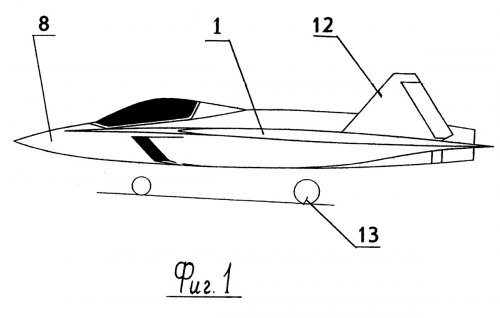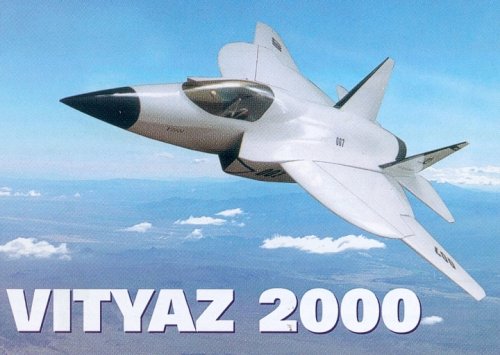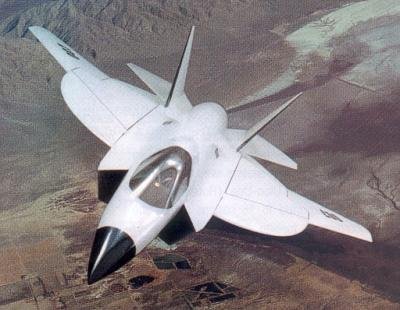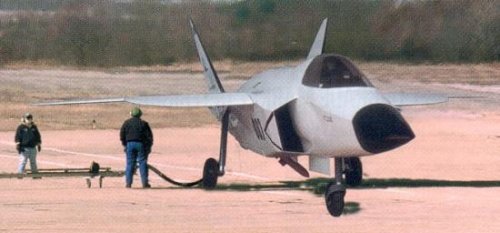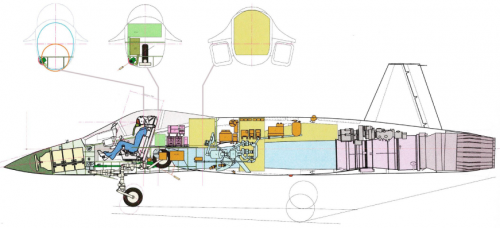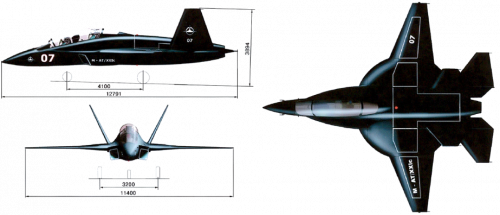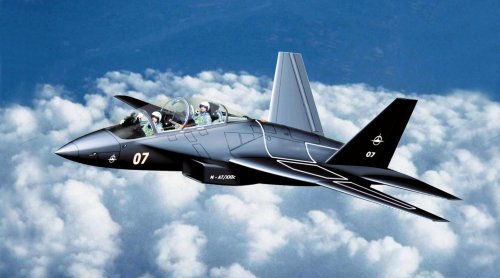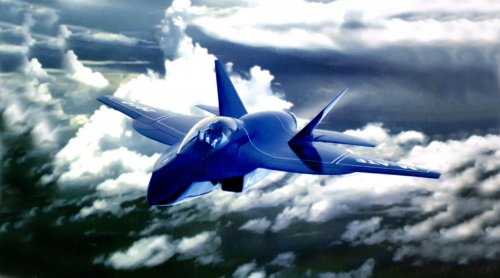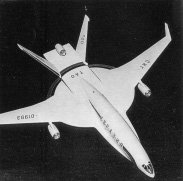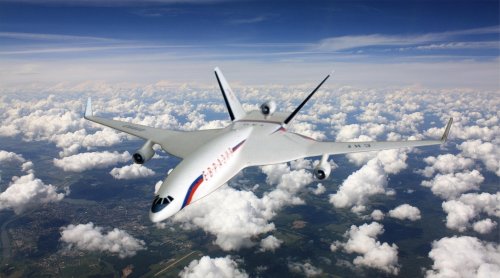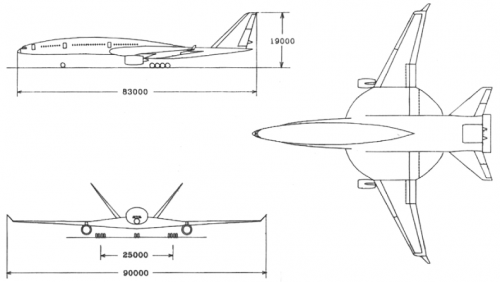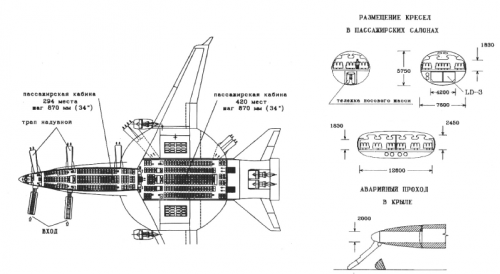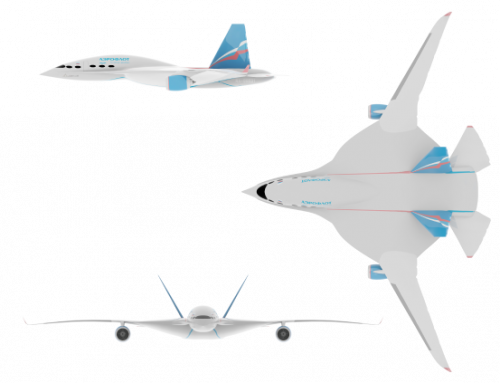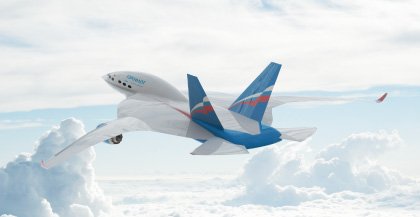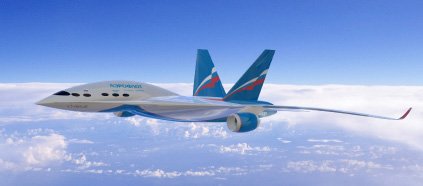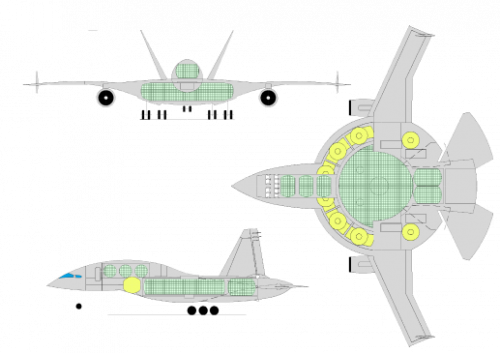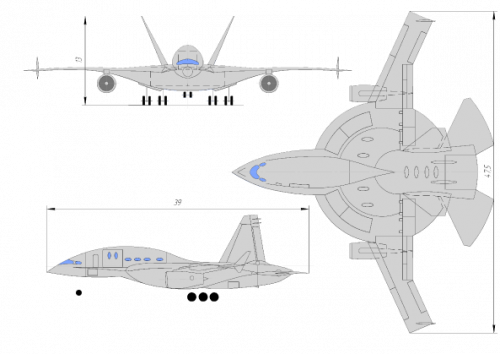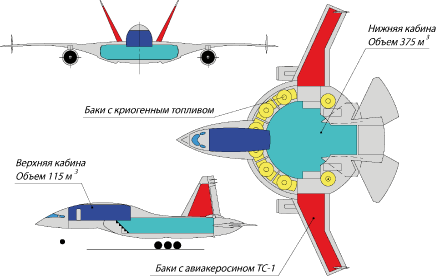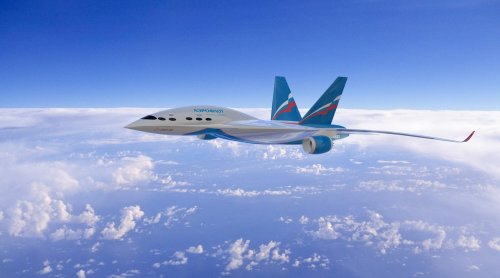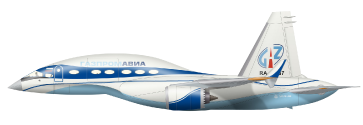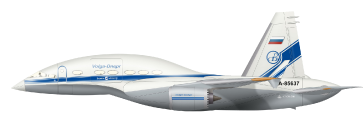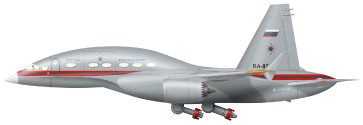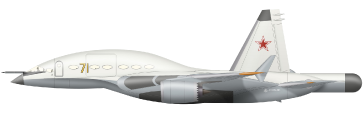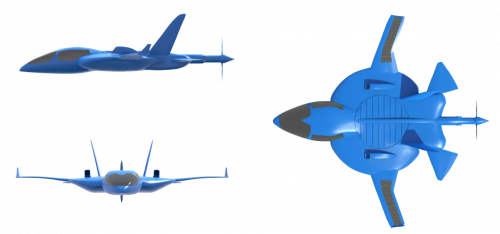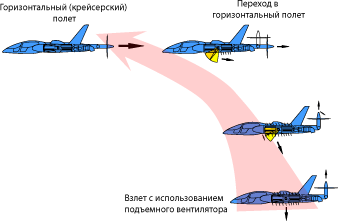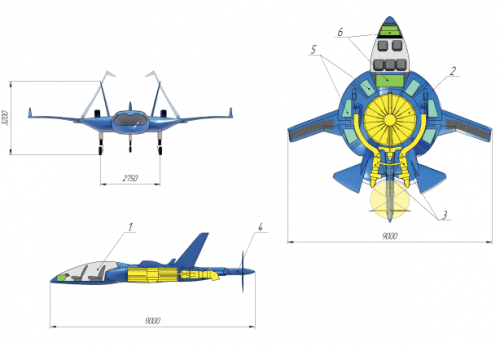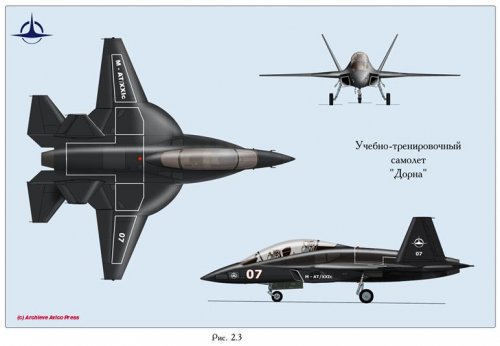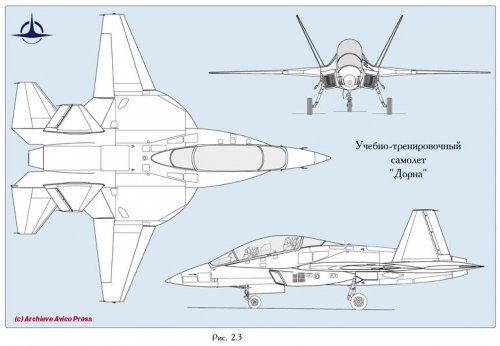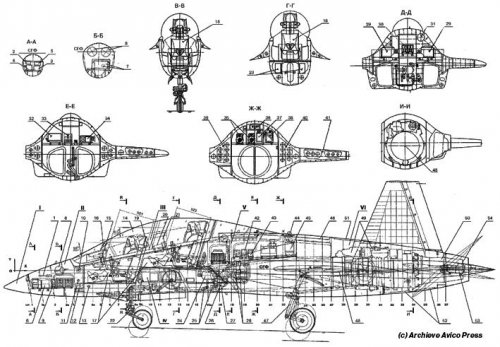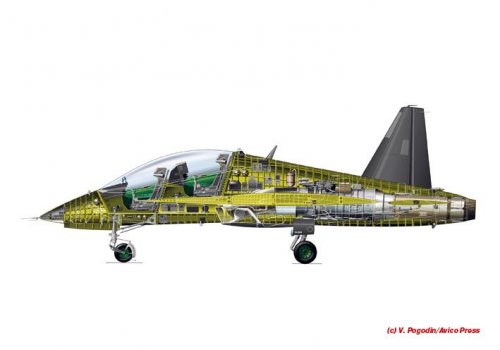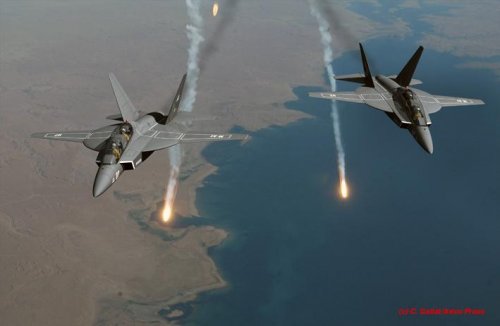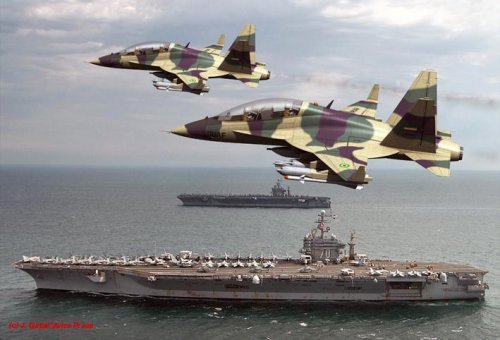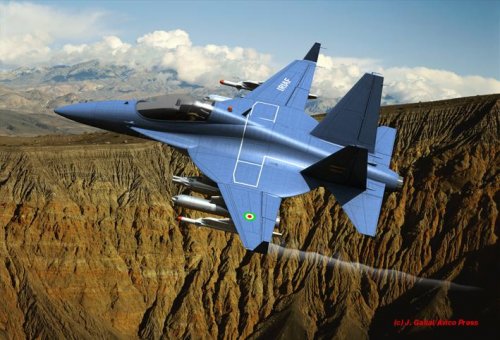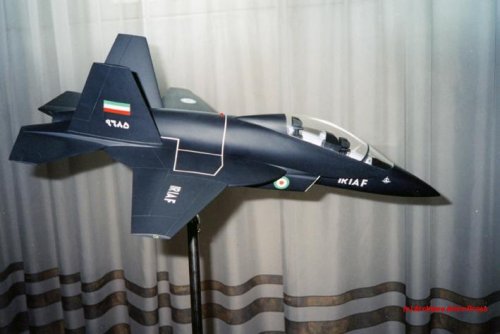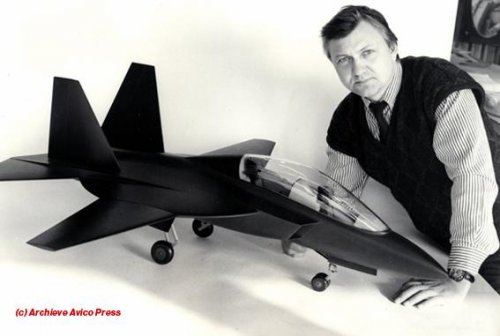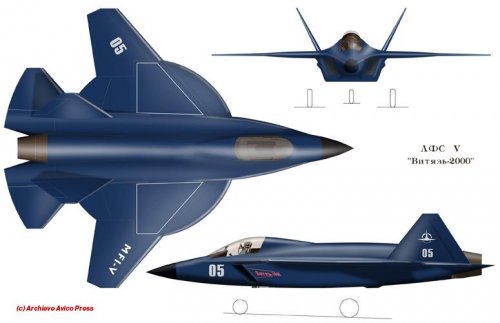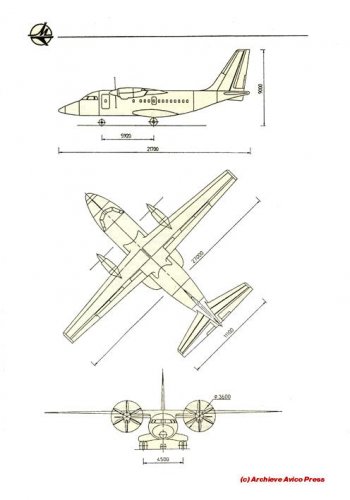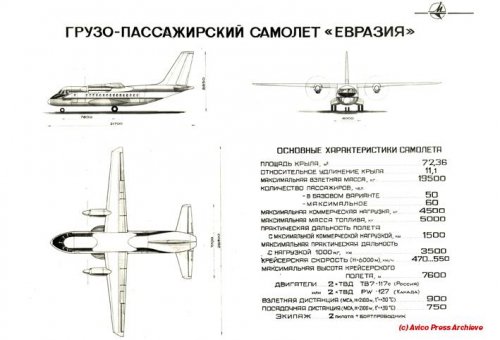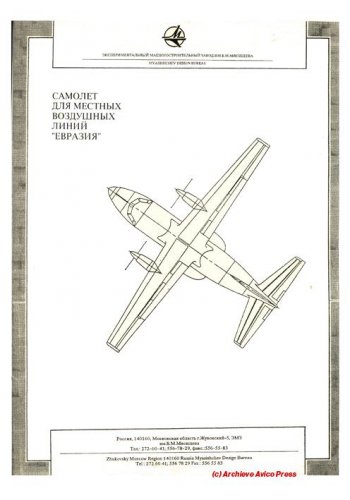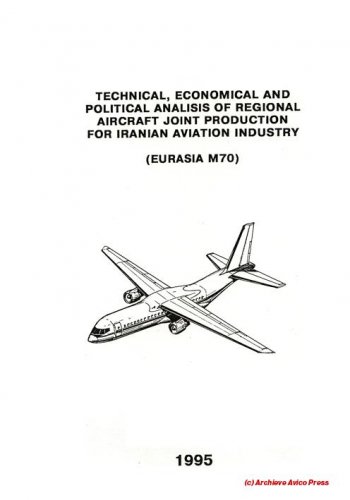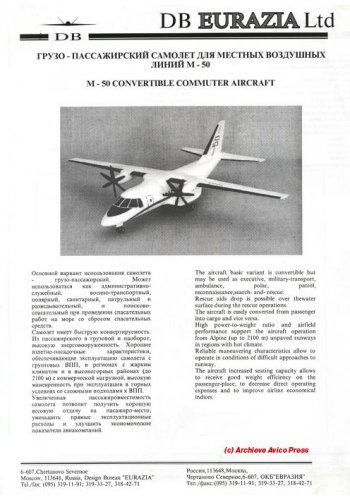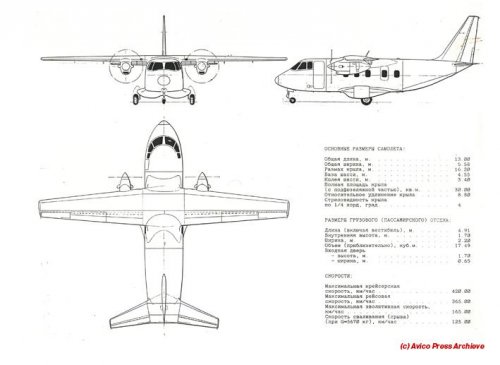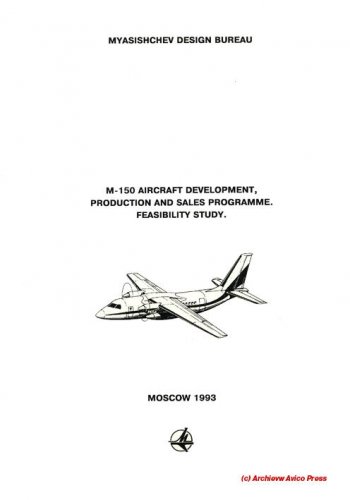VITYAZ 2000 - RUSSIAN JSF?
By Andrei Yurgenson
A new generation of aircraft in any country has always meant money, big
money. The increased cost for air vehicles development and production made
it the deciding factor. Both the client and contractor have now not only to
solve technical problems but also to find new ways to organize and finance
development, production, procurement and operation of new aerial vehicles.
The USA, one of the wealthiest nations, is not an exception, with the JSF
program featuring fund raising problems.
The clients and developing companies in the aviation powers had tried to
meet requirements of their Air Forces. The aircraft manufacturers had not
seen any difference between needs of domestic and foreign customers and the
same high performance of the products had been provided for the both
markets. The aviation market huge, the prices low, such an importing policy
had been seen as a right thing. Now the things have changed: the
international aviation market has narrowed in the recent decade and it will
keep on going this way next 10-15 years. Thus, a tactical aviation combat
aircraft has primarily to be a product meeting needs and financial
capabilities of various countries, a foreign-markets-oriented product. On
the other hand, potential customers are interested in a multipurpose combat
aircraft, the reasons being the same.
The analysis of the tactical aviation aircraft shows that about 20 thousand
of them have take-off weights between 10 and 20 tons, mass-produced being
the MiG-21, MiG-23, MiG-29, A-4, F-16, Mirage III, Mirage F.1, Mirage 2000,
J35 Draken, J37 Viggen, J39 Gripen, J-6, J-7. According to the life time and
actual time in service, approximately 7,400 vehicles of the type are
estimated to be replaced by 2005, about 35% of the fleet in operation. In
economics terms, that means that aircraft of this take-off weight may be of
great demand in the very near future.
So, the new tactical combat aircraft will be of greater flight performance
then the 4th generation fighters. It is going to have a multifunction radar
with the multichannel tracking and engagement options for air and ground
targets as well as to use high-precision weapons killing surface targets.
The new system has to be simple in operation, easily put into mass
production and easy for personnel training. To be successfully promoted, the
new aircraft has to be able to meet the 'efficiency-cost' competition from
the existing F-16, Rafale, Mirage-2000, EF2000 and developing JSF.
The development of new Russian combat aircraft has always been associated
not only with the Air Force demands but also with scientific and technical
resources needed to make a more sophisticated aerial vehicle. "The
5th-generation fighter, including all necessary materials, technologies,
avionics and armament systems can be developed and produced now only in
Russia and the USA", the leading Russian experts say. The United States
proved it by the F-22 project, while Russia has already fulfilled a number
of programs that can form a science and technical basis for a 5th-generation
combat aircraft. The aviation industry has been carrying out researches to
assimilate new for Russia aerodynamic configurations as in the 'canard' MiG
1.44 project and Sukhoi Su-47 (S-37) "Berkut"(the Russian for 'golden eagle
') of the triplane forwardswept configuration, unusual even for
international practice. The two aircraft are considered as the
next-generation technology demonstrators. The designers tried to provide the
systems with such 5th-generation characteristics as a decreased radar
signature, supersonic cruise flight in the no-afterburner mode, high
maneuverability within a wide speed range.
In 1994-2000 the OKB 'Mukhamedov' design bureau carried out a separate
research to find out what a 5th-generation combat aircraft should look like
and what basic properties such an aircraft is going to have. The project has
lead to the "Vityaz-2000"? multifunction combat system. The aircraft can be
of interest for domestic, CIS and foreign markets, provided the
international partnership and investment. Unlike the US JSF, Vityaz is aimed
at markets in the CIS, Central Asia, Far East and Asia-Pacific region.
Vityaz-2000 features a fundamentally new aerodynamic configuration, dubbed
"integral", and allowing stable and controlled flights at extremely big
angles of attack. Bureau President Fatidin Mukhamedov, D.Sc., said the
company had been developing the "integral" configuration since 1985.
Multiple aerodynamic tests of various versions testify to the fact that the
configuration can be used for aircraft of various types. The company's first
project was the "Evrasia-700" super capacity aircraft, unveiled in Le
Bourget in 1993. In 1994, the "integral" configuration was granted the first
patent. A year later, in Dubai, the TOO 'Evrasia' company (now OKB
'Mukhamedov') introduced a long-term "integral" configuration combat
aircraft project.
The most important thing about the aircraft is that the 'integral'
configuration provides high aerodynamic performance at low as well as high
angles of attack due to the aircraft optimal planform, and specially
developed flight structure with reciprocal-type components: wing panels,
'disk' centerwing section, wing extensions and their fuselage parts. The
wing extensions and disk turbulent flow systems provide smooth, without
rapid changes, association of the lift and longitudinal coefficients
according to the angle of attack to compensate for wing panel stalling. The
more the angle of attack, the more the centre-wing section works, which,
supported by swivel leading edge flaps, increases the angle of attack and
smoothes the decreasing of the lift coefficient up to 50-60 degrees.
The Vityaz aerodynamic configuration differs from the above ones by powerful
lift force direct control elements - swivel wing panels, allowing separation
of the trajectory and angular aircraft movements, that is to perform a
pitching turn with no change of the lift force, improving the aircraft
performance in combat. US developing teams tried to translate the idea into
reality in the mid-70s in the AFTI project.
The president of OKB "Mukhamedov" believes that 'from the a variety of
aircraft characteristics, a developer first of all has to pick out critical
ones, what actually an aircraft is made for, then necessary characteristics
not interfering with the "critical" section, and auxiliary characteristics
aimed only at improving the critical ones'.
The critical characteristics of the Vityaz project are high maneuverability
at supersonic speeds with the energy level maintained stable, high
maneuverability at speeds characteristic of a short-time close combat,
supermaneuverability including a controlled flight at a 60œ angle of attack
and maneuvers at a more than 90œ angle of attack, take-off and landing
characteristics enabling the aircraft to be based near the combat zone.
The 'necessary characteristics' section incorporates decreased aircraft
radar signature in the thermal and radar ranges, high combat and aircraft
surviveability.
Vityaz auxiliary property is the lift force direct control system allowing
engagement of ground targets at low altitudes and high speeds, as well as
increasing the aircraft supermaneuverability and improving the
takeoff-landing performance.
The swivel wing panels with leading-edge flaps allows operation in the
normal flow mode within the required fuselage orientation range. This
provides a higher level of controllability in the supermaneuverability
modes, elimination of an involuntary spin and entering the
supermaneuverability mode at higher speeds. The wing panels at negative
local angles temporally reduce the maximum wing load capacity and existing
loads almost two-fold. Combined with an increased controllability, this
gives the aircraft a possibility to maneuver not exceeding the permissible
loads. The aircraft has a full-authority digital automatic control system
with a thrust controlled engine nozzle included in the longitudinal and
flight control systems. The above aerodynamic characteristics will ensure
the aircraft's superiority in a short-time close combat, other things being
equal.
When backing up ground forces, the aircraft survivability is ensured by
armour protection of the critical aircraft units (which is quite a problem
for the aircraft type in question) as well as by the fact, that, provided
low altitudes (less then 300m) and high speeds (more then 850 km/h), such an
air target is rather hard to be engaged by enemy's ground AD forces. On the
other hand, in such a flight mode the aircraft cannot effectively engage
ground targets without special techniques and technologies.
In the Vityaz-2000 project, the problem is solved though separation of the
trajectory and angular aircraft directions by the means of the swivel wing
panels. It enables Vityaz to kill surface targets in the low-altitude and
low-speed mode. At an altitude of 300 m (the attack altitude is usually not
less then 100m) and speed of 850 km/h, provided the detection range is 3 km,
a conventional versions have no chance of effectively engaging ground
targets. In that case, the engage time is less then one second with the
minimum range of 1.5 km, while Vityaz-2000 parameters are 5 seconds and 600
m with the aircraft attacking from a more convenient angle.
The effective use an aircraft is very much subject to the takeoff and
landing performance. The Vityaz-2000 project incorporates a number of
technologies to reduce the landing distance and improve the takeoff
performance. Compared with the drag parachute technology, which requires all
in all two seconds for the parachute to deploy and billow, the Vityaz
breaking system is faster, reaching the level of the takeoff run load
factor. Mutually enhancing each other, they make the landing distance equal
to that of the take-off, reducing the rollout to the minimum. OKB Mukhamedov
has patented a number of Vityaz-2000 takeoff and landing technologies.
Another important feature of the 5th generation combat aircraft is the
considerably reduced radar and infrared signature. The characteristic is
vital for the aircraft combat effectiveness in a long-distance combat,
undercover missions and engagement of ground targets, especially while
neutralizing enemy radars. However, the OKB Mukhamedov experts are convinced
the desire to by all means reduce the scattering cross-section will lead to
a F-117-like aircraft, when it cannot be detected by an individual SHF
radar, but on the other hand not able to accomplish combat tasks due to the
aerodynamics, disfigured by stealth demands. That is why the Vityaz project
has all reduced scattering cross-section technologies, including weapons
systems located in the inner fuselage sections, except for technologies
degrading the aerodynamic and flight characteristics.
So, predictably the technologies of the Vityaz-2000 project can lead to a
new-generation combat aircraft.
OKB President Fatidin Mukhamedov emphasized, that "all nations across the
world had been focused on the quality, not the quantity in upgrading the
armed forces. Vityaz-2000 is sure far ahead of the competition according to
the combat effectiveness parameters due to its aerodynamics, other things
being equal."
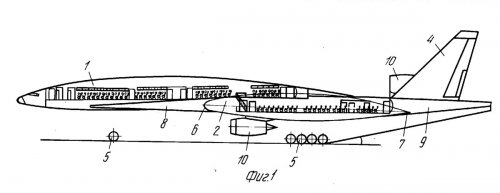 Eurasia-High Capacity-Airliner-(1992)-1.jpg60.2 KB · Views: 1,459
Eurasia-High Capacity-Airliner-(1992)-1.jpg60.2 KB · Views: 1,459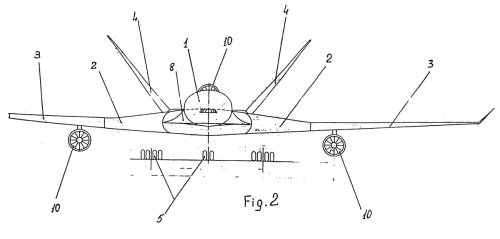 Eurasia-High-Capacity-Airliner-(1992)-2.jpg55.6 KB · Views: 1,415
Eurasia-High-Capacity-Airliner-(1992)-2.jpg55.6 KB · Views: 1,415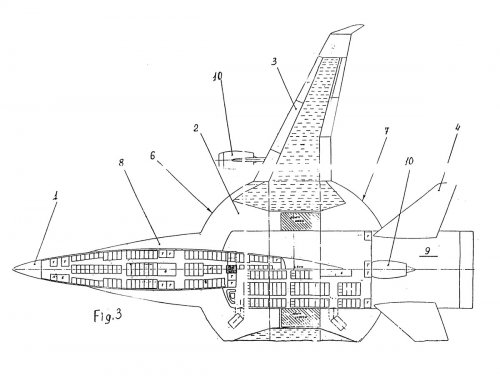 Eurasia-High-Capacity-Airliner-(1992)-3.jpg119.4 KB · Views: 1,412
Eurasia-High-Capacity-Airliner-(1992)-3.jpg119.4 KB · Views: 1,412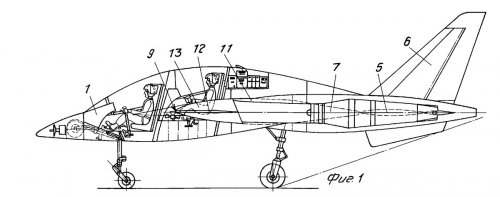 Eurasia-Manouverable Aircraft (1992)-1.jpg77.3 KB · Views: 1,403
Eurasia-Manouverable Aircraft (1992)-1.jpg77.3 KB · Views: 1,403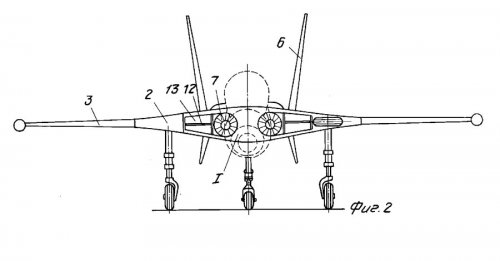 Eurasia-Manouverable Aircraft (1992)-2.jpg36 KB · Views: 1,364
Eurasia-Manouverable Aircraft (1992)-2.jpg36 KB · Views: 1,364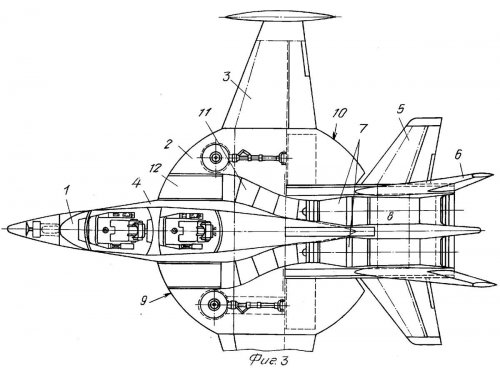 Eurasia-Manouverable Aircraft (1992)-3.jpg112 KB · Views: 329
Eurasia-Manouverable Aircraft (1992)-3.jpg112 KB · Views: 329
